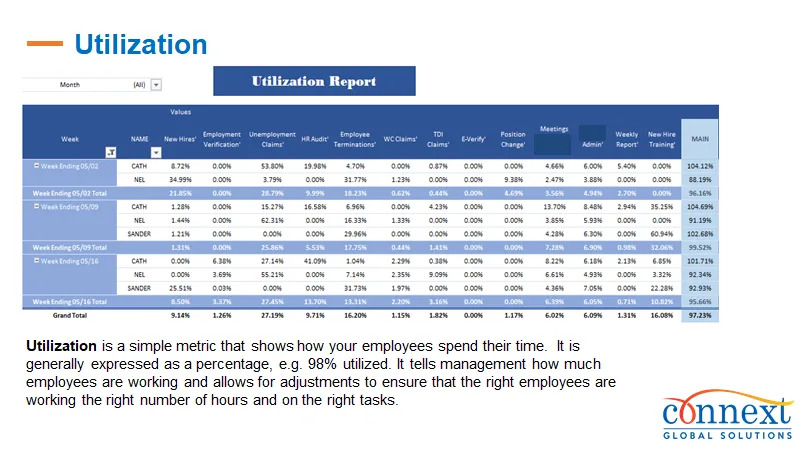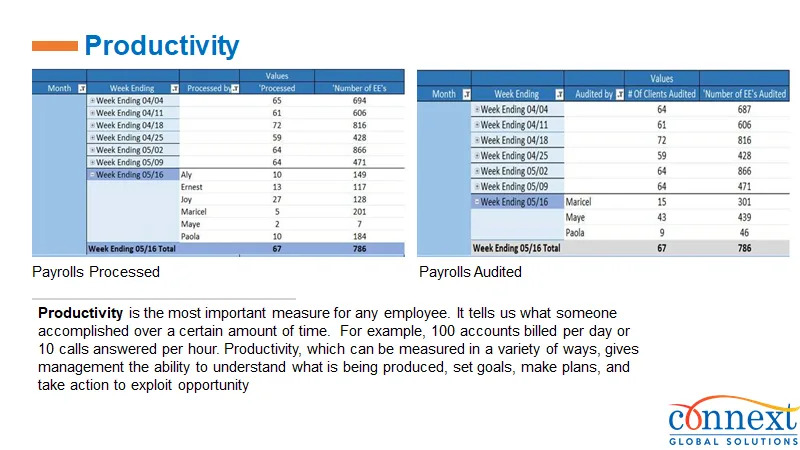Key Summary
- Businesses reassess BPO partnerships to gain flexibility, better visibility into operations, and access to specialized skills.
- Common reasons for switching include hiring freezes, headcount limits, limited transparency, misaligned service delivery, and challenges with scaling up or down.
- A thoughtful transition plan helps reduce operational risks, maintain service continuity, and ensure knowledge is transferred effectively.
- Using independent contractor models, organizations can expand team capacity without adding permanent headcount, supporting ongoing projects even during hiring freezes.
- The main benefits of outsourcing extend beyond cost, focusing on agility, access to talent, and smoother operations.
- Connext provides guidance and support to make provider transitions more seamless, offering flexible and transparent outsourcing solutions.
For many organizations, outsourcing has long been a strategy to improve efficiency and access specialized expertise. Over time, however, priorities shift. Companies increasingly need greater operational visibility, faster scalability, and more flexible models to maintain service continuity. These needs become even more pressing when hiring freezes are in place or when headcount approvals are limited.
Even with years of focus on performance management, 81% of HR leaders continue to refine and experiment with their organization’s performance management strategies, highlighting the ongoing need for responsive, agile processes.
Why Companies Decide to Switch BPO Providers
Switching BPO providers is rarely driven by dissatisfaction alone. More often, it reflects a company’s readiness to advance to the next stage of operational maturity. Today, businesses face increasing pressure to deliver results with fewer in-house resources, which has made flexibility and adaptability more valuable than ever.
Common reasons for switching include:
- Hiring freezes and headcount limits. Many organizations pause recruitment to control spending, but that pause can also stall projects. A new provider with an independent contractor model can enable growth without adding official headcount.
- Lack of operational transparency. When clients have little insight into team performance, issue resolution, or cost structures, it becomes difficult to manage outcomes.
- Misaligned service delivery. Business priorities evolve, but legacy outsourcing contracts often remain rigid, with little room for innovation or skill realignment.
- Scalability challenges. Demand can fluctuate rapidly, and providers that cannot scale up quickly, or adjust downward without friction, can restrict an organization’s operational agility.
These issues reflect an industry-wide shift toward more collaborative and transparent outsourcing relationships.
Planning a Successful Transition
Once the decision to switch has been made, the next priority is to ensure the transition doesn’t disrupt ongoing operations. A deliberate approach helps minimize risk and maintain confidence across teams.
1. Assess the current state
Start by evaluating how your existing BPO arrangement performs against your operational goals. Which functions deliver well, and which areas create delays or bottlenecks? Understanding what to retain and what to improve forms the foundation of your transition plan.
2. Define your new partner criteria
In the context of hiring freezes or cost-control measures, organizations increasingly seek flexible engagement models. Connext supports this through independent contractor agreements that let companies scale capacity without increasing permanent headcount. This model gives you the agility to expand functions like customer support, data operations, or finance processing, even during resource constraints.
3. Create a detailed transition plan
Smooth transitions depend on governance. Map out timelines, assign responsibilities, and document process ownership. Plan for data migration, overlap between providers, and knowledge transfer. Most importantly, ensure all internal stakeholders are aligned before any service handover begins.
4. Focus on risk management
Knowledge loss, service disruption, and compliance lapses are common transition risks. To prevent these, choose a provider that prioritizes business continuity and data security.
5. Establish transparent performance metrics
Set clear KPIs such as service-level adherence, turnaround times, and error rates from the start. Connext integrates these into regular reporting, providing full visibility into team productivity and process outcomes.
Advantages Beyond Cost Considerations
Cost optimization remains a factor, but it’s rarely the only reason clients move to a new provider. Many Connext clients describe flexibility, access to talent, and speed of execution as their primary drivers for change.
For example, when organizations face hiring freezes, outsourcing through independent contractor models provides a bridge: projects continue, service levels are maintained, and internal teams stay focused on strategic priorities.
Outsourcing also opens access to specialized skills that may not exist in-house such as data analytics, claims processing, or multilingual customer support—without the long lead times of traditional hiring. This capability becomes invaluable during periods of organizational restraint or transformation.
How Connext Supports a Seamless BPO Transition
At Connext, transitions are treated as structured partnerships. Our approach emphasizes clarity, documentation, and collaboration from day one. Every client engagement begins with a discovery process that identifies operational goals, current challenges, and ideal team configurations.
Through our independent contractor model, companies can:
- Scale their workforce without adding full-time roles
- Quickly access experienced offshore talent
- Maintain transparency through performance dashboards and regular governance meetings
- Reduce operational risk through phased transitions
This approach is particularly effective for companies managing hiring freezes, headcount restrictions, or rapid scaling requirements.
Conclusion
Switching BPO providers is a significant decision, but when approached methodically, it can strengthen operations, improve flexibility, and unlock access to specialized skills. For organizations managing hiring freezes or headcount restrictions, Connext offers a flexible and transparent approach that supports continuity and growth. The benefits extend beyond cost, focusing on agility, operational efficiency, and a partnership built for evolving business needs.
Explore how modern outsourcing approaches differ from traditional BPO models and learn how Connext can help you scale efficiently while maintaining transparency and control: read the full article here.
FAQs
Transition timelines vary depending on process complexity and knowledge transfer needs. Most organizations complete a phased switch in 8–16 weeks with proper planning.
Connext employs a phased transition model, overlapping with the outgoing provider to ensure uninterrupted service and consistent output quality.
Yes. Connext enables companies to expand operations through independent contractor agreements, allowing flexibility without adding full-time employees.
If your current provider limits scalability, transparency, or access to talent, and if your business faces internal hiring restrictions, it may be time to reassess your BPO partnership.
Potential risks include knowledge gaps, service disruption, and unclear process ownership. Connext mitigates these through detailed transition documentation and structured governance.









